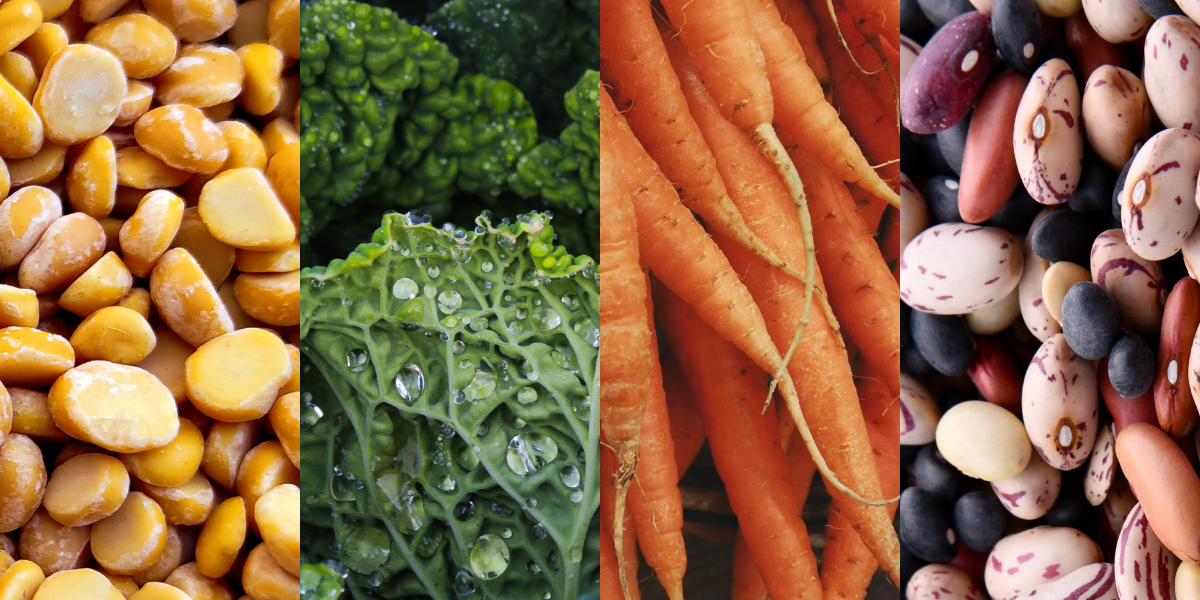We know that the nutrients found in plant foods can do wonders for our health in multiple ways. However, some plants have compounds that make it hard for our body to digest these nutrients. These compounds are called ‘antinutrients’. Read on to understand how ‘antinutrients’ work and what we can do to stop them from blocking the nutrients in our foods [1].
How do antinutrients work?
The food we eat is made up of carbs, proteins and fats. These are called macronutrients (because we need them in large amounts). The nutrients we need in tiny amounts – called micronutrients – consist of vitamins, minerals and other compounds [2].
Antinutrients mainly block micronutrients, and protein (as the only macronutrient). They do so in one of two ways:
A] They bind to these nutrients and prevent them from being absorbed by the body.
B] They block certain enzymes that are needed for digestion, which makes the food less digestible, causing indigestion, bloating and gas [3].
How can we eliminate antinutrients from our food?
Antinutrients are produced in plants as part of their defence mechanism, to protect themselves from predators – including humans. But several centuries ago, humans, through a neat trick called cooking, found a way to rid the food of its antinutrients. Today, we have an even better understanding of the methods that are very effective at getting rid of antinutrients.
Here’s a look at some foods that have antinutrients, along with the recommended methods to get rid of their antinutrients [3, 4, 5, 6, 7]:

Antinutrients can be reduced through simple methods such as heating, boiling, soaking, sprouting, and fermenting. A combination of these has been proven to be most effective, almost completely eliminating antinutrients in some cases. Looking at the above table, it’s easy to see a pattern: seeds, grains and legumes can be soaked, and plant foods can be boiled.
So, should we only eat cooked food to avoid antinutrients?
The straight answer would be no. It’s a mistake to now assume that one should only stick to eating cooked food. Raw seeds and vegetables also have many nutrients, which could get lost as we cook them – vitamin C is a classic example of this. As much as 50% of it can get lost from vegetables like spinach, when they’re boiled [8, 9].
The best solution? Eat a balanced diet, with a variety of cooked and raw vegetables.
Is it a good idea to avoid foods that contain antinutrients in general?
Definitely not. If we were to avoid all foods that contain antinutrients, there wouldn’t be much left to eat (considering all the food groups that contain antinutrients)!

For example, the average Indian household gets 47% percent of their daily calories from grains (it’s as high as 70% in rural areas), which have antinutrients too [10]. It’s clear that whole grains, along with the list of foods mentioned above, come with health benefits that far surpass their drawbacks - especially when cooking methods (that are inherent to Indian cooking and are already incorporated in our routines) are effective at lowering their antinutrient content [11]. to a degree.
In conclusion, as long as we keep the above mentioned methods in mind, we can still get the benefit of all the nutrients in our foods without completely cutting out on a certain food item and/or category. Because when it comes to nutrition, balance, as always, is key.
Have questions about antinutrients? We’d be happy to answer them - drop a comment below!



